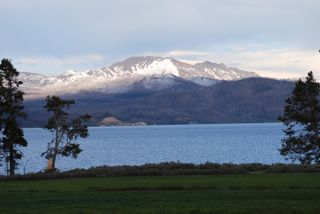 Old Faithful may be the most popular part of Yellowstone, but it's tough to beat the Lake Yellowstone area for spectacular scenery. Yellowstone Lake, the largest lake in North America over 7,000 feet in elevation, is 20 miles long by 14 miles wide, and its deepest spot is 410 feet. Numerous mountains, such as Avalanche Peak, guard its lengthy shores, and its waters create a blue sky on the ground.
Old Faithful may be the most popular part of Yellowstone, but it's tough to beat the Lake Yellowstone area for spectacular scenery. Yellowstone Lake, the largest lake in North America over 7,000 feet in elevation, is 20 miles long by 14 miles wide, and its deepest spot is 410 feet. Numerous mountains, such as Avalanche Peak, guard its lengthy shores, and its waters create a blue sky on the ground.
Although regular readers of this blog may recall my fondness for swimming high mountain lakes (Tenaya Lake in Yosemite for one), I won't be freestyling in Lake Yellowstone anytime soon--due to its extremely cold water, I would have a survival time of about 30 minutes.
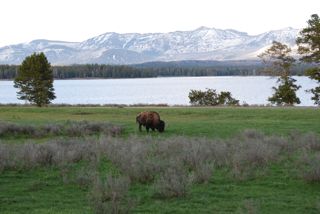 Scientists have been surveying Lake Yellowstone since the late 1990's. While mapping the bottom of the lake, they have discovered some spectacular features similar to hydrothermal structures found in the deep ocean. One such type of feature is the spire, a silica structure formed by the cooling of hydrothermal fluids rising from the lake bottom. The US Geological Society estimates that some of the spires may be more than 11,000 years old.
Scientists have been surveying Lake Yellowstone since the late 1990's. While mapping the bottom of the lake, they have discovered some spectacular features similar to hydrothermal structures found in the deep ocean. One such type of feature is the spire, a silica structure formed by the cooling of hydrothermal fluids rising from the lake bottom. The US Geological Society estimates that some of the spires may be more than 11,000 years old.
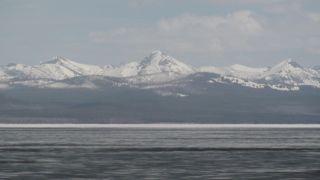 Yellowstone Lake
Yellowstone Lake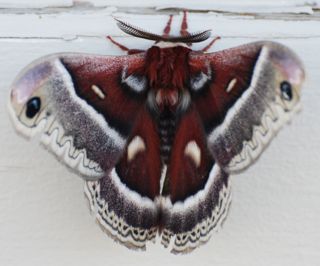 Cecropia Moth
Cecropia Moth Three Bighorn Lambs
Three Bighorn Lambs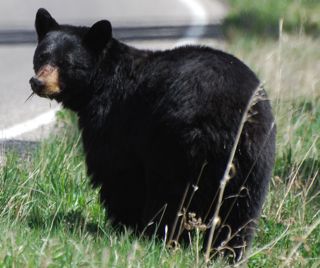 Black Bear near Tower
Black Bear near Tower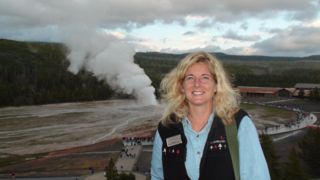 Watching Old Faithful Erupt from the Crow's Nest
Watching Old Faithful Erupt from the Crow's Nest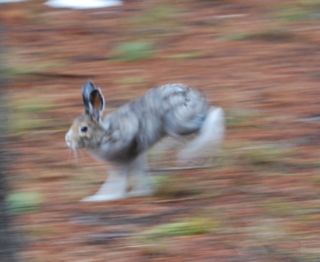 Snowshoe Hare in motion
Snowshoe Hare in motion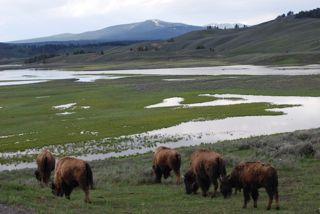 Bison Grazing in Hayden Valley
Bison Grazing in Hayden Valley Grizzly Near Washburn
Grizzly Near Washburn

